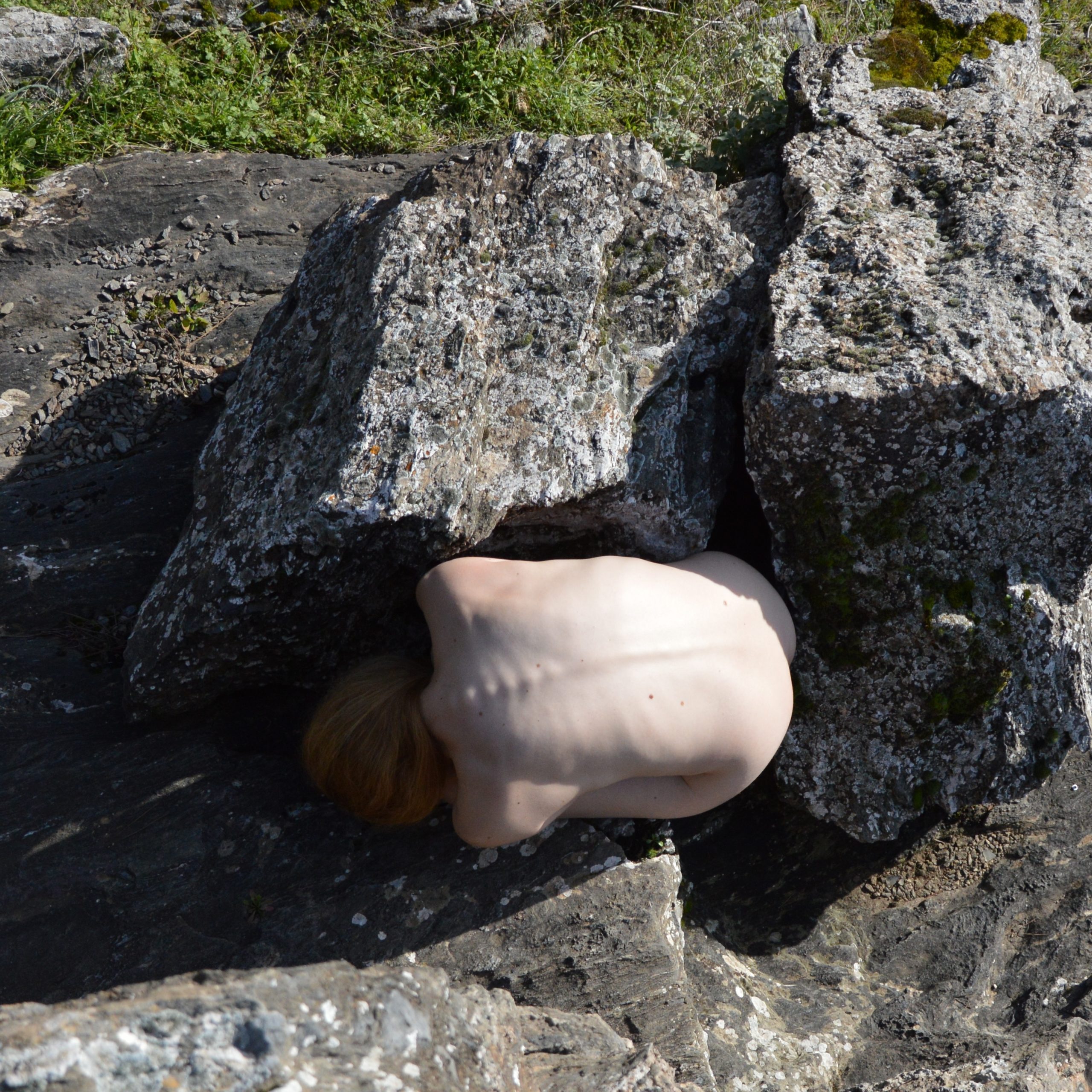Welcome to the Social Art Award 2025 – Online Gallery!
🌊 Dear friends of art and transformation, 🌊
A heartfelt thank you to all artists and creatives who submitted their powerful works for this year’s Social Art Award under the theme: “Planetary Healing – Blue Tribes for Ocean Health.” Your inspiring visions speak to ocean restoration, biodiversity, and reimagining our coexistence with all life forms on Earth.
After receiving 922 submissions from across all continents, and concluding a very active public voting phase, the Social Art Award now enters its next chapter:
🔹 What’s next?
The professional jury panel is currently reviewing and selecting the TOP 100 entries that will be featured in the official Social Art Award 2025 book. In parallel, the two public voting winners will move forward as wildcards into the final jury round.
🔹 Coming up:
-
Shortlisted artists (TOP 10) will be announced by mid-June.
-
Winners of the Social Art Award 2025 will be revealed at our Online Award Ceremony on July 2, 2025.
We invite you to stay connected as we celebrate the power of Social Art to drive dialogue, awareness, and collective transformation.
Let’s continue to amplify art as a force for Planetary Healing.
Fitting Shapes - 01
Athina Kanela
Athina Kanela’s performance-for-camera, in which she fits her nude body into the natural gaps of stones, embodies a deep ecological and existential inquiry—one that seeks to dissolve the boundaries between the human body and the natural world. By positioning herself within the crevices of rock formations, Kanela enacts a symbolic return to nature, evoking themes of primal belonging, ecological embodiment, and the search for a natural womb. This work resonates with ecofeminist theory, particularly the writings of Val Plumwood and Carolyn Merchant, who critique the Western tradition of separating humanity from nature. By merging her body with the earth’s geological forms, Kanela resists this dualist framework and reclaims an interconnected, non-hierarchical relationship with the environment. The gaps in the stones function as a protective, womb-like space, suggesting an act of rebirth, shelter, and planetary healing—themes deeply embedded in both prehistoric and contemporary eco-spiritual practices. From a phenomenological perspective, drawing on Maurice Merleau-Ponty, the performance challenges the idea of the body as distinct from space. Instead, it positions the human form as fluid, porous, and deeply entangled with its surroundings. The rugged landscape does not serve as a backdrop but as an active participant in the performative gesture, transforming the body into an organic extension of the terrain. Kanela’s work aligns with land art and environmental performance, recalling artists like Ana Mendieta, whose Silueta Series explored bodily imprints in natural settings. In the context of post-humanist thought, her performance suggests that the body is not superior to nature but rather a coexisting entity within a shared ecosystem. Ultimately, Kanela’s performance is an act of reconciliation and surrender, urging a return to a more intimate, embodied relationship with the earth—one that acknowledges nature as both a source of origin and a space for healing.
Athina Kanela’s performance-for-camera, in which she fits her nude body into the natural gaps of stones, embodies a deep ecological and existential inquiry—one that seeks to dissolve the boundaries between the human body and the natural world. By positioning herself within the crevices of rock formations, Kanela enacts a symbolic return to nature, evoking themes of primal belonging, ecological embodiment, and the search for a natural womb. This work resonates with ecofeminist theory, particularly the writings of Val Plumwood and Carolyn Merchant, who critique the Western tradition of separating humanity from nature. By merging her body with the earth’s geological forms, Kanela resists this dualist framework and reclaims an interconnected, non-hierarchical relationship with the environment. The gaps in the stones function as a protective, womb-like space, suggesting an act of rebirth, shelter, and planetary healing—themes deeply embedded in both prehistoric and contemporary eco-spiritual practices. From a phenomenological perspective, drawing on Maurice Merleau-Ponty, the performance challenges the idea of the body as distinct from space. Instead, it positions the human form as fluid, porous, and deeply entangled with its surroundings. The rugged landscape does not serve as a backdrop but as an active participant in the performative gesture, transforming the body into an organic extension of the terrain. Kanela’s work aligns with land art and environmental performance, recalling artists like Ana Mendieta, whose Silueta Series explored bodily imprints in natural settings. In the context of post-humanist thought, her performance suggests that the body is not superior to nature but rather a coexisting entity within a shared ecosystem. Ultimately, Kanela’s performance is an act of reconciliation and surrender, urging a return to a more intimate, embodied relationship with the earth—one that acknowledges nature as both a source of origin and a space for healing.



